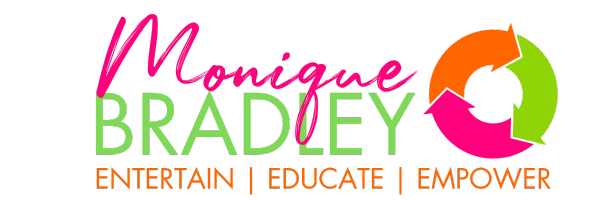Strategies for Conscious and Empathetic Communication in Diverse Workplaces

Strategies for Conscious and Empathetic Communication in Diverse Workplaces
Hello, brilliant minds! Today’s discussion is about nurturing an inclusive and respectful environment in diverse workplaces through conscious and empathetic communication. It’s not just about what we say, but also how we say it and how it’s perceived by others. Let’s explore some effective strategies to enhance communication in a multicultural workplace setting.
Understanding Diversity in Communication
Diversity in the workplace brings a rich tapestry of backgrounds, perspectives, and communication styles. It’s crucial to understand and respect these differences to foster a harmonious work environment. Conscious communication starts with acknowledging and valuing these diverse viewpoints.
Active Listening: The Key to Empathy
Active listening is the cornerstone of empathetic communication. It involves fully focusing on the speaker, understanding their message, and responding thoughtfully. It’s about listening to understand, not just to reply, which shows respect and appreciation for diverse perspectives.
Cultivating Cultural Sensitivity
Cultural sensitivity is vital in a diverse workplace. It involves being aware of cultural differences and avoiding assumptions or stereotypes. This sensitivity enriches communication and helps in building strong, respectful relationships among team members.
Encouraging Open Dialogue
Creating an environment where open dialogue is encouraged is essential. It’s about providing a safe space where everyone feels comfortable expressing their ideas and concerns. Regular team meetings and one-on-one sessions can facilitate this open communication.
Using Inclusive Language
Inclusive language is about using words that encompass all genders, cultures, and backgrounds. It’s about being mindful of the language we use and avoiding terms that might inadvertently exclude or offend others.
The Role of Non-Verbal Communication
Non-verbal cues like body language and facial expressions play a significant role in communication. Being aware of these cues, especially in a multicultural setting, can help in better understanding and connecting with colleagues.
Feedback: A Two-Way Street
Feedback should be a two-way street, where it’s given and received constructively. It’s about providing feedback that is specific, helpful, and delivered with empathy. Similarly, being open to receiving feedback is equally important for growth and improvement.
Exploring Neurodiversity in the Workplace
An essential aspect of conscious and empathetic communication in diverse workplaces is recognising and embracing neurodiversity. Neurodiversity refers to the variation in the human brain regarding sociability, learning, attention, mood, and other mental functions. It includes conditions like Autism Spectrum Disorder, ADHD, Dyslexia, and others.
Understanding and accommodating neurodiverse individuals can significantly enrich workplace communication. Neurodiverse employees often bring unique perspectives and strengths to a team. For instance, individuals with Autism may excel in pattern recognition and attention to detail, while those with ADHD might offer creativity and exceptional problem-solving skills.
Creating a neurodiverse-friendly workplace involves:
- Tailoring Communication: Understand that neurodiverse individuals may have different communication preferences. Some might prefer written communication over verbal, while others may need extra time to process information.
- Providing Clear Instructions: Be specific and clear in instructions and feedback. Ambiguity can be challenging for neurodiverse individuals to navigate.
- Creating Inclusive Environments: Adjust the work environment to suit the sensory needs of neurodiverse employees. This could include quiet workspaces or flexibility in lighting and noise levels.
- Fostering a Culture of Acceptance: Encourage a workplace culture where differences are celebrated and where there’s an understanding that everyone’s brain works differently.
By integrating neurodiversity into our understanding of conscious and empathetic communication, we not only create a more inclusive workplace but also unlock the potential for innovation and creativity that neurodiverse individuals bring.
Conclusion
Conscious and empathetic communication in diverse workplaces is not just about coexisting; it’s about thriving together. By embracing these strategies, we can build stronger, more inclusive teams that value each individual’s contribution. Let’s communicate with empathy and consciousness, and watch our workplace communities flourish!

